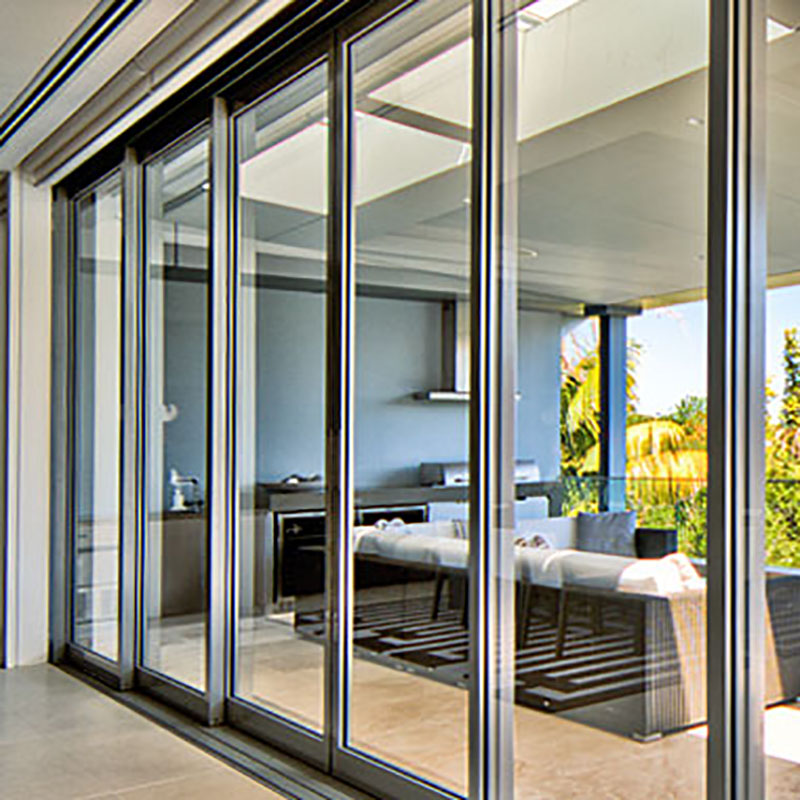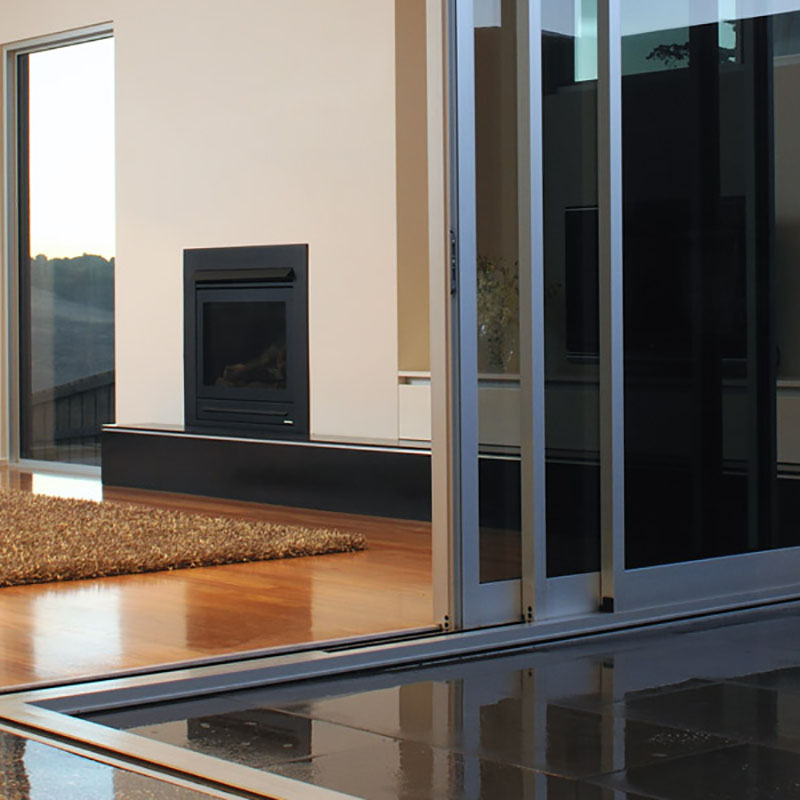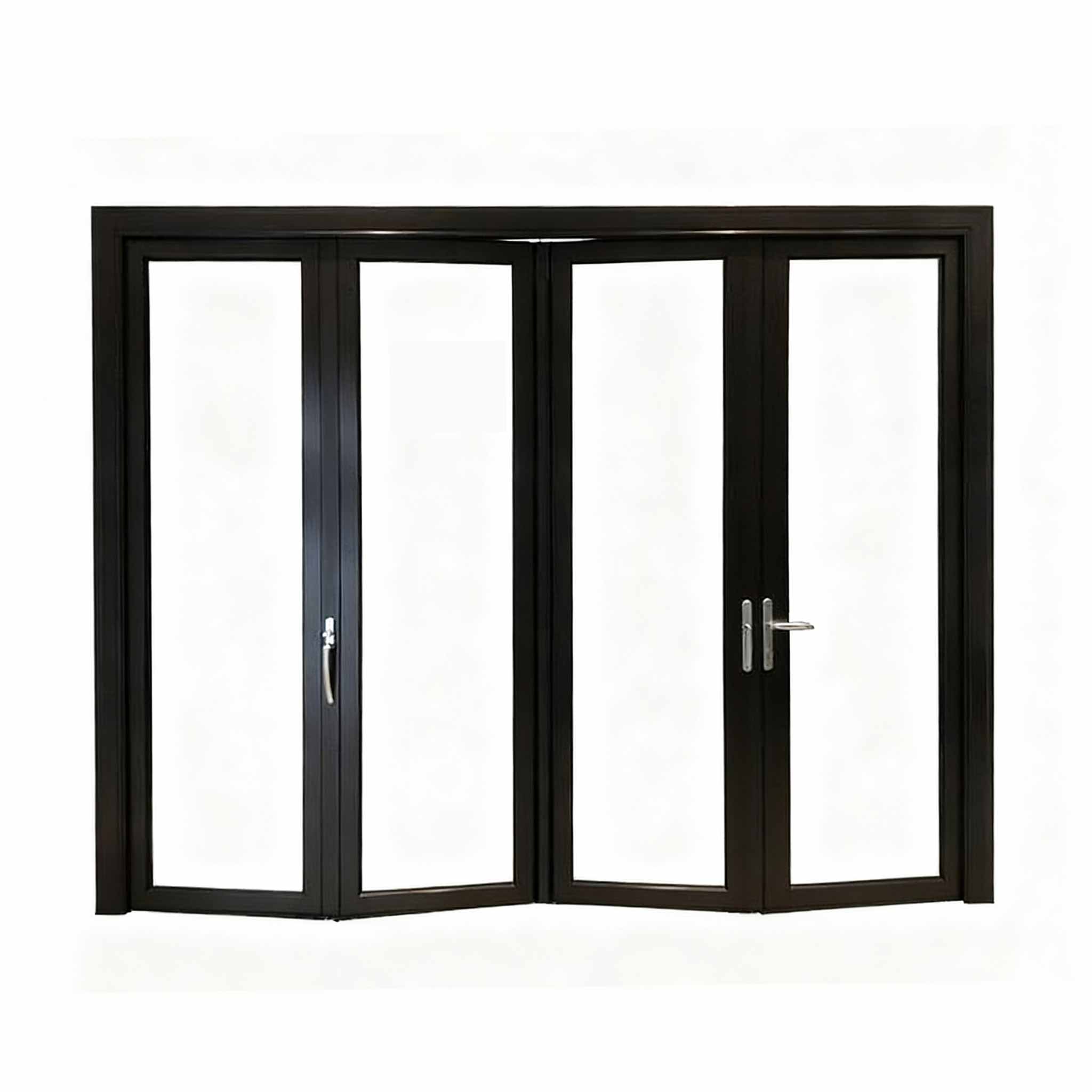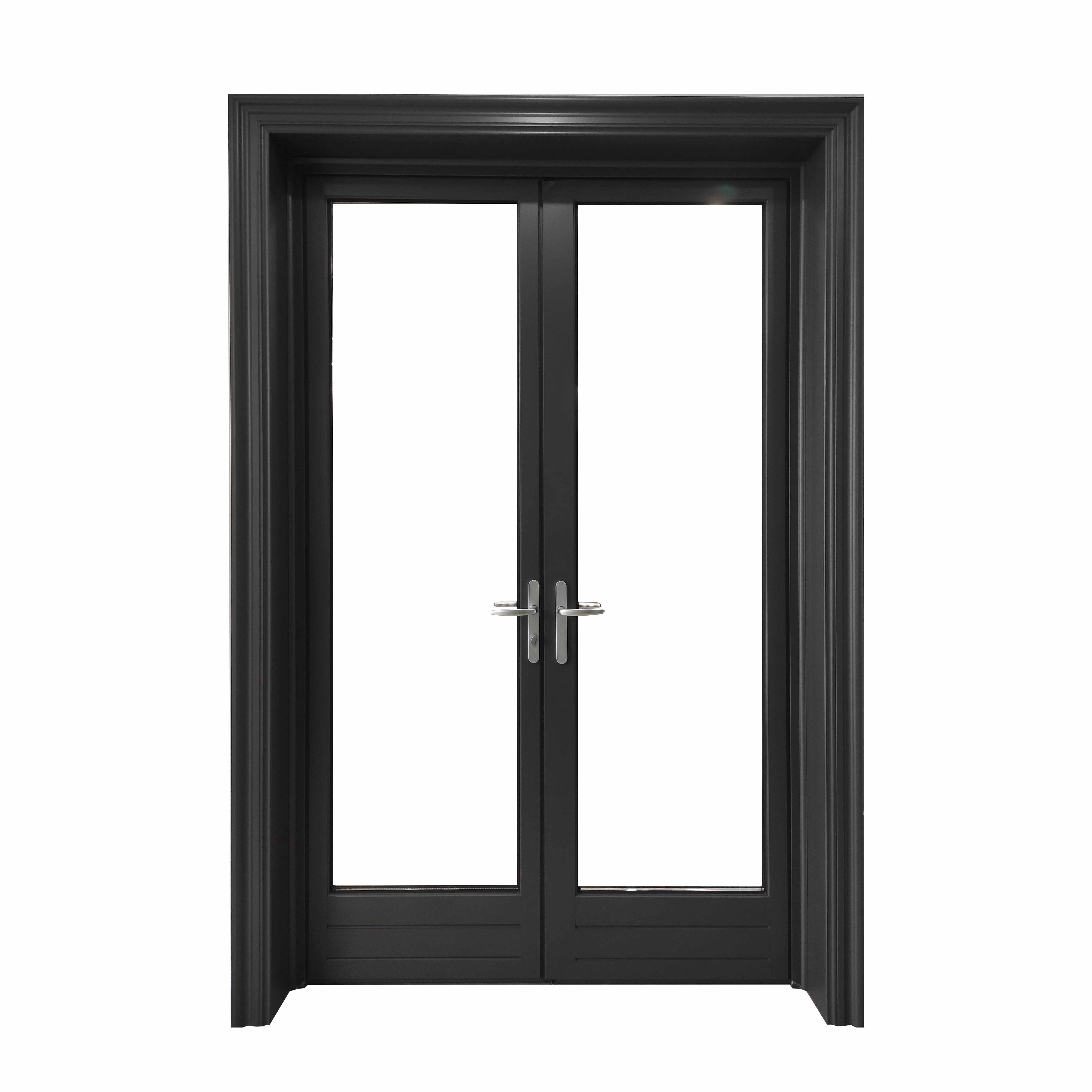Beyond the Obvious Answer: Decoding the True Lifespan of Your Sliding Door
The question "How many years does a sliding door last?" seems simple, begging for a neat numerical answer. Homeowners and builders alike pose it, hoping for certainty when budgeting for replacements or planning renovations. However, the reality is far more nuanced. Unlike a lightbulb with a predictable filament lifespan, a sliding door's longevity is a complex equation influenced by a constellation of factors, with sliding door cost being a significant initial variable that often correlates with potential lifespan. Pinning down a single number is impossible; instead, understanding the variables empowers you to maximize your door's service life, potentially stretching it for decades. The truth lies not in a fixed timeframe, but in the interplay of materials, environment, usage, and crucially, care. This applies whether you're considering sleek indoor sliding doors for room division or robust outside sliding doors connecting your home to the patio.
1. The Core Determinants: Material, Environment, and Installation – Why "It Depends" is the Only Honest Answer
The potential lifespan range for any door – whether standard patio sliding glass doors or bespoke custom made sliding doors – is vast, potentially spanning from a disappointing 10 years to a remarkable 30+ years. This dramatic disparity stems directly from fundamental choices and conditions:
Material Matters Profoundly: Defining Performance & Longevity
Vinyl (PVCu): Often the contemporary champion for longevity and value in standard residential outside sliding doors. High-quality vinyl doors boast exceptional resistance to warping, rotting, and corrosion, contributing positively to long-term sliding door cost efficiency. Their multi-chambered designs provide superior insulation and structural stability. Properly maintained, premium vinyl sliders can readily last 25-35 years or more. While initial sliding glass doors prices for vinyl might be moderate, their durability offers excellent lifecycle value. Lower-grade vinyl, however, may fade, become brittle, or warp significantly in 15-20 years, proving less economical long-term. For indoor sliding doors where weathering isn't a factor, vinyl offers a durable, low-maintenance solution, though aesthetic choices might differ.
Aluminum: Renowned for its strength, slim sightlines, and modern aesthetic. Durability hinges heavily on the quality of the finish and thermal breaking. Thermally broken aluminum is standard for energy efficiency. High-quality powder-coated finishes offer excellent resistance to fading and corrosion. In mild environments, aluminum outside sliding doors can last 20-30 years. However, sliding glass doors prices for high-end aluminum are typically higher than vinyl, and in coastal or harsh industrial environments, corrosion can drastically reduce lifespan to 10-15 years without meticulous maintenance, impacting the true sliding door cost. Hardware quality is paramount. Aluminum is less common for purely indoor sliding doors but can be used in commercial settings.

The Unforgiving Impact of Environment: Location is Crucial
Climate Extremes: Outside sliding doors facing relentless, direct sunlight experience accelerated UV degradation. Vinyl can fade; finishes on wood and aluminum break down faster. Conversely, doors in constantly damp, humid, or rainy climates are prime targets for wood, aluminum, and mold in tracks. Freeze-thaw cycles wreak havoc on seals. Coastal salt spray is highly corrosive, particularly to aluminum, drastically altering its effective lifespan and sliding door cost value proposition. These factors are less critical for protected indoor sliding doors.
Micro-Environment: Is the outside sliding door sheltered under a deep eave or exposed on a windy balcony? Proximity to pools , sprinklers, or salted driveways creates localized harsh conditions demanding robust materials and frequent maintenance, influencing initial material choice and long-term sliding door cost.
The Weight of Use, Installation, & Budget:
Traffic Volume: A patio door serving as the primary access point endures significantly more stress than a seldom-used outside sliding door or most indoor sliding doors. High traffic accelerates wear on rollers, locks, and frames.
Installation Perfection: Critical for maximizing lifespan and ensuring the sliding door cost investment pays off. A door installed without perfect leveling, plumb, or adequate flashing is doomed. Improper installation leads to binding, premature wear, water intrusion, drafts, and structural stress. A poorly installed premium door fails faster than a mid-range door installed flawlessly. Professional installation adhering to specs is non-negotiable, adding to upfront sliding glass doors prices but saving significantly long-term.
Budgeting Considerations: Understanding sliding glass doors prices and overall sliding door cost involves more than just the unit price. Factor in professional installation, potential structural modifications, long-term maintenance costs, and energy efficiency savings. Custom made sliding doors offer unique design solutions but command a premium sliding door cost compared to standard sizes.
2. Recognizing the Inevitable: Signs It's Time for Replacement and Navigating Options
Even with the best care, all doors eventually reach their end-of-service life. Recognizing the signs prevents minor issues from escalating into security risks, energy drains, or water damage disasters, forcing an unplanned sliding door cost outlay.
Operational Failure & Structural Compromise: The Point of No Return
Chronic Binding or Jamming: Persistent sticking or jamming despite clean tracks, lubricated rollers, and alignment checks indicates severe wear in rollers, track, or frame – a core structural issue for any sliding glass door.
Visible Warping or Sagging: Noticeable bending/twisting of the frame or door panel sagging compromises integrity, security, and sealing. This is often irreversible, especially in outside sliding doors exposed to elements.
Severe Frame Damage: Deep rot in wood, significant corrosion perforating aluminum, or large cracks in vinyl/fiberglass frames compromise the door's core structure. This is a definitive failure point.
Persistent Drafts & Water Intrusion: If drafts or leaks continue despite new weatherstripping and verified flashing, the door assembly itself is failing. This causes high energy bills and risks hidden water damage, significantly increasing the true sliding door cost of keeping the old unit.

Security, Efficiency Deficits, and Upgrading: Weighing the New Sliding Door Cost
Faulty or Insecure Locking: Locks that don't engage, broken handles, or warped frames preventing secure closure create unacceptable security vulnerabilities for outside sliding doors. Safety necessitates replacement.
Excessive Energy Loss: A door that is a constant source of drafts or feels cold indicates severe thermal failure. Modern replacement sliding glass doors offer vastly superior energy efficiency . The savings on heating/cooling bills can significantly offset the new sliding door cost over several years, making replacement an investment.
Outdated Design, Functionality, or Desire for Customization: Sometimes, replacement is driven by more than failure. Upgrading for improved aesthetics, easier operation, better soundproofing, enhanced safety (impact resistance), or integrating smart home tech is common. This is also the time to explore custom made sliding doors for unique sizes, configurations, or premium materials that perfectly suit your home's architecture, though they will influence the final sliding door cost. Comparing sliding glass doors prices and features is essential.
The Verdict: Strategizing Lifespan – Investment, Care, and Informed Replacement
So, how many years does a sliding door last? The accurate answer remains: It depends entirely. However, you hold significant sway over the outcome through informed decisions impacting sliding door cost and longevity.
By understanding above factors and taking proactive ownership of selection, installation, and care, you can confidently expect a well-chosen and maintained sliding glass door or outside sliding door to deliver reliable service for 20 to 35 years, potentially even longer. The lifespan isn't just a number; it's a direct reflection of the choices made throughout the door's life, ultimately defining the true value and sliding door cost over time. For indoor sliding doors, lifespan expectations can often exceed 30+ years with minimal maintenance due to the protected environment.


